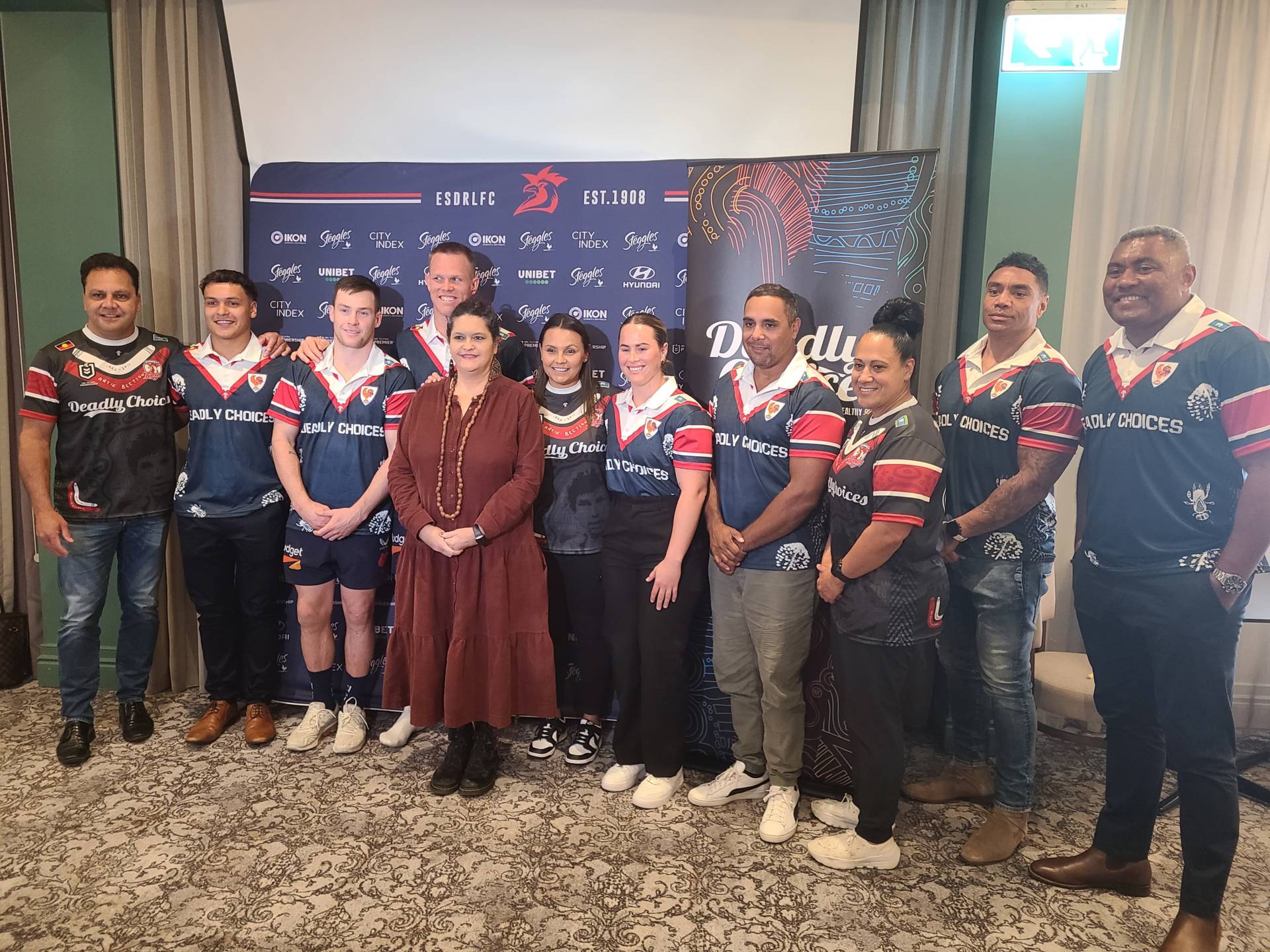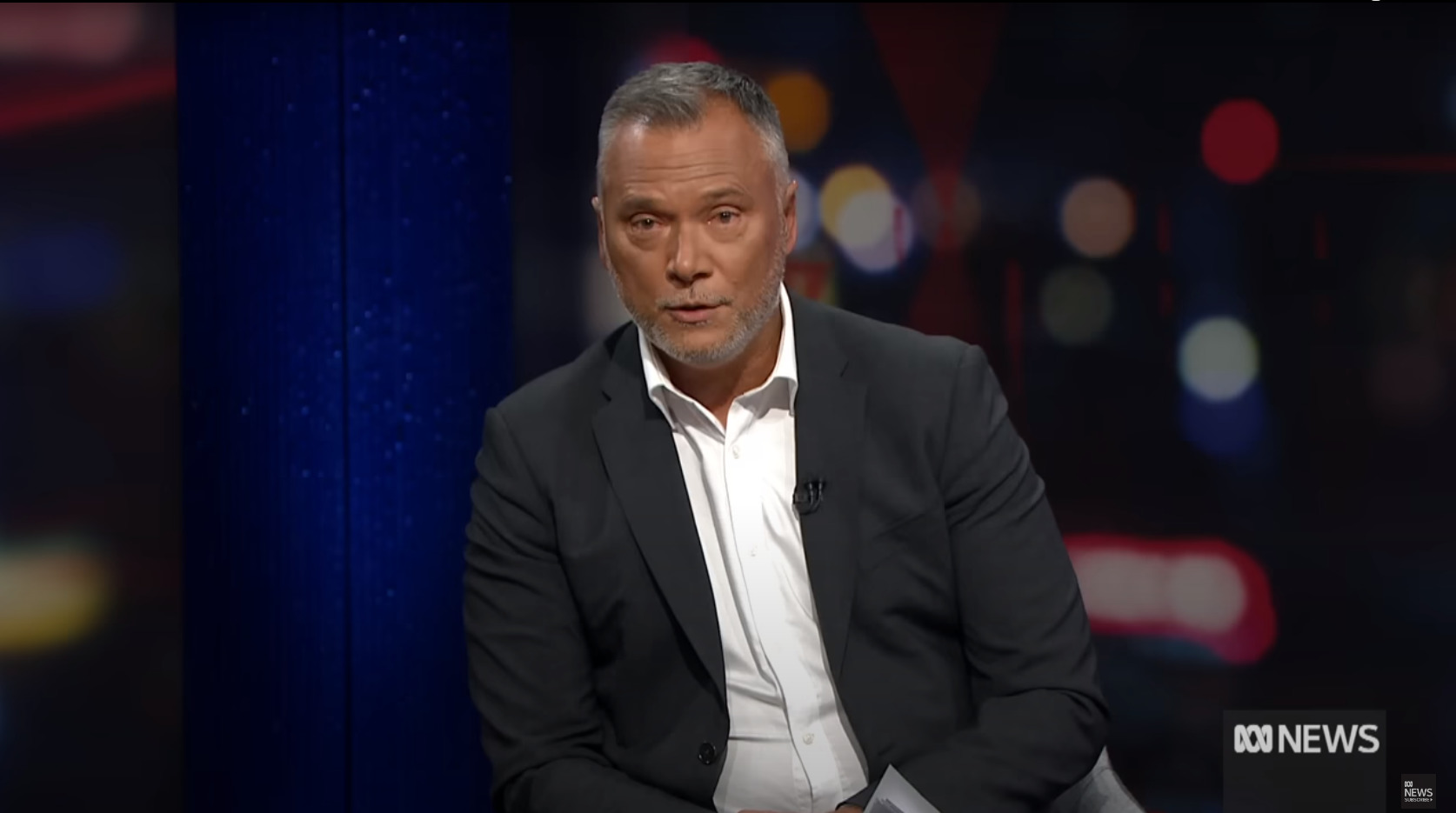Back row: Mr Che Cockatoo-Collins, Mr Neil Turner, Dr Daniel Featherstone, Associate Professor Lyndon Ormond-Parker and Dr Scott Winch Front row: Ms Lauren Ganley, The Hon Michelle Rowland MP, Ms Dot West (OAM) and Ms Talei Elu.
The First Nations Digital Inclusion Advisory Group says access to the Internet and digital connectivity is a human right.
The latest Australian Digital Inclusion Index shows while Australia’s digital inclusion gap is improving, Aboriginal and Torres Strait Islander people are still being excluded from the digital world – particularly those living in more remote locations.
The Advisory Group was established at the start of this year and will deliver its first report to the Federal Communications Minister, Michelle Rowland, next week.
First Nations media executive and the Group’s Chairwoman, Dot West, has told NIRS News, the report’s recommendations will inform the government’s new First Nations Digital Inclusion Plan to improve digital literacy, access, and affordability to those communities.
“Our task after that is to develop a roadmap for the government of how there could be better inclusion and how we are going to hit Closing the Gap target 17 (the elimination of digital inequality for Aboriginal and Torres Strait Islander people) by 2026”.
Part of the plan includes upgrading telecommunications infrastructure for regional, rural and remote Australia – including $656 million as part of its Better Connectivity Plan for Regional and Rural Australia.
Ms West, a proud Noongar woman from the southwest of Western Australia, says for the plan to work telco’s need to get on board and look past their own profits.
“You’ve got to wonder why First Nations peoples’ access in remote and very remote are highly excluded, whereas non-First Nations people in the same locality are being included, so you’ve got to wonder about that disparity.
“The other thing is the telco’s looking at the economic benefits of connecting people, perhaps what they need to start doing is also look at the social and cultural benefits that including our oldest living culture into the digital world will do for Australia and the world itself.”
Ms West says after initial meetings there are plans to engage with communities on the ground and be able to hold forums with different peak sectors as they move forward.
“Digital inclusion enables individuals to seek, receive and impart knowledge and ideas of all kinds, it vastly expands an individual and communities’ capacity to enjoy their human rights: from education, health care, freedom of expression, economic, social, and political development.”
“The research has shown us that First Nations people, once they get hold of this technology, have been able to adapt and use it for their own cultural and social purposes and they’ve been able to do it well, but it’s about being able to have access to it in the first place.
“It can be a powerful tool in combating inequality, accelerating development and progress for First Nations individuals and the community as a whole.”





